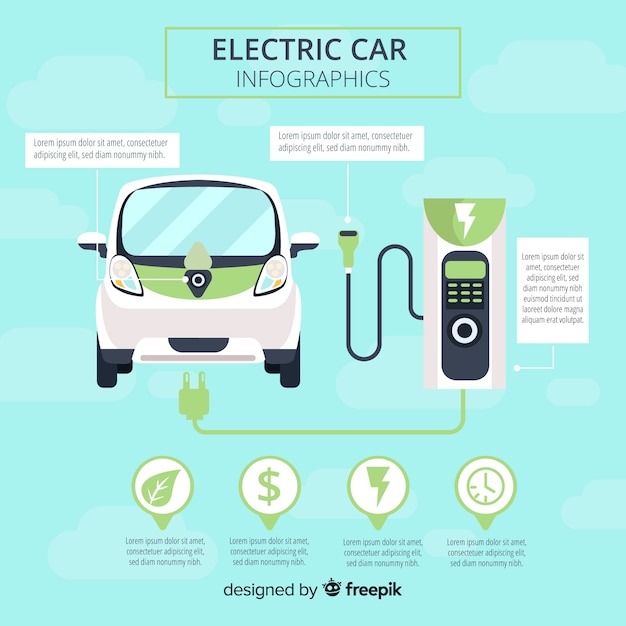Top 3 Factors Dissuading Consumers from Purchasing Electric Vehicles Even with Reduced Prices and Tax Incentives

The journey to owning an electric vehicle (EV) has become a bit smoother thanks to price reductions and tax credits. Even though tax credits have become stricter since January 1st—requiring EVs to meet more stringent criteria to qualify for the full $7,500 clean vehicle tax credit—they still provide significant assistance for many Americans looking to buy an EV.
Additionally, the prices of new EVs have been dropping. For example, the price of the Mercedes SL-Class model decreased by 22.3% from October 2022 to October 2023, and the Ford F-150 Lightning saw a 13.5% price drop, according to the October 2023 CarGurus Intelligence Report. Despite these positive changes, a survey conducted last fall by Ipsos and Yahoo Finance found that 57% of Americans are unlikely to make their next car purchase an EV.
So, why are people hesitant to buy EVs?
**Sticker Shock**
Steve Birkett, a senior EV editor at FindTheBestCarPrice.com, explains that EVs still present a sticker shock for mainstream buyers, often costing $5,000 to $10,000 more than their gasoline counterparts. For instance, the Hyundai Kona Electric, which has a gasoline version, starts at around $25,000 for the combustion model, while the electric version starts at just under $33,000. Although federal EV incentives or state incentives in EV-friendly states can offset this $8,000 difference, it can still be a significant barrier for those new to exploring electric vehicles.
**Total Cost of Ownership**
Birkett also points out that many EV models on the market today haven’t completed a full ownership cycle, making it hard to assess ownership costs. These costs can vary based on gasoline prices, electricity rates, location, driving habits, and vehicle type. For example, comparing an electric SUV used in EV-friendly Colorado to its gasoline counterpart is very different from comparing large diesel trucks used for towing in Wyoming to an all-electric truck with limited range. Buyers are advised to calculate the costs for comparable models over five to ten years, considering their specific circumstances.
**Cost of Home Charging**
Charging an EV at home can be expensive, especially if your house needs electrical upgrades, potentially costing thousands of dollars. However, these upgrades can benefit multiple vehicles over time. Many EV owners can find cheaper alternatives, such as using an existing 240-volt outlet or even a regular household outlet if their daily driving needs are modest.
**Charging Landscape in the U.S.**
Another reason for hesitation is the current state of the charging infrastructure in North America. Although many projects are underway to address charging gaps and the industry has standardized on Tesla’s NACS plug (which will become the J3400 standard), this transition is just beginning as we enter 2024. Potential EV buyers might prefer to stick with familiar options, like efficient hybrids, and revisit electric models once charging becomes more accessible and more models are available at lower prices.
**Dispelling Myths**
Despite a record 1.2 million EVs sold in the U.S. in 2023, many Americans still believe that EVs are a luxury out of reach for the average person, according to Peter Glenn, founder and co-CEO of EV finance platform EV Life.